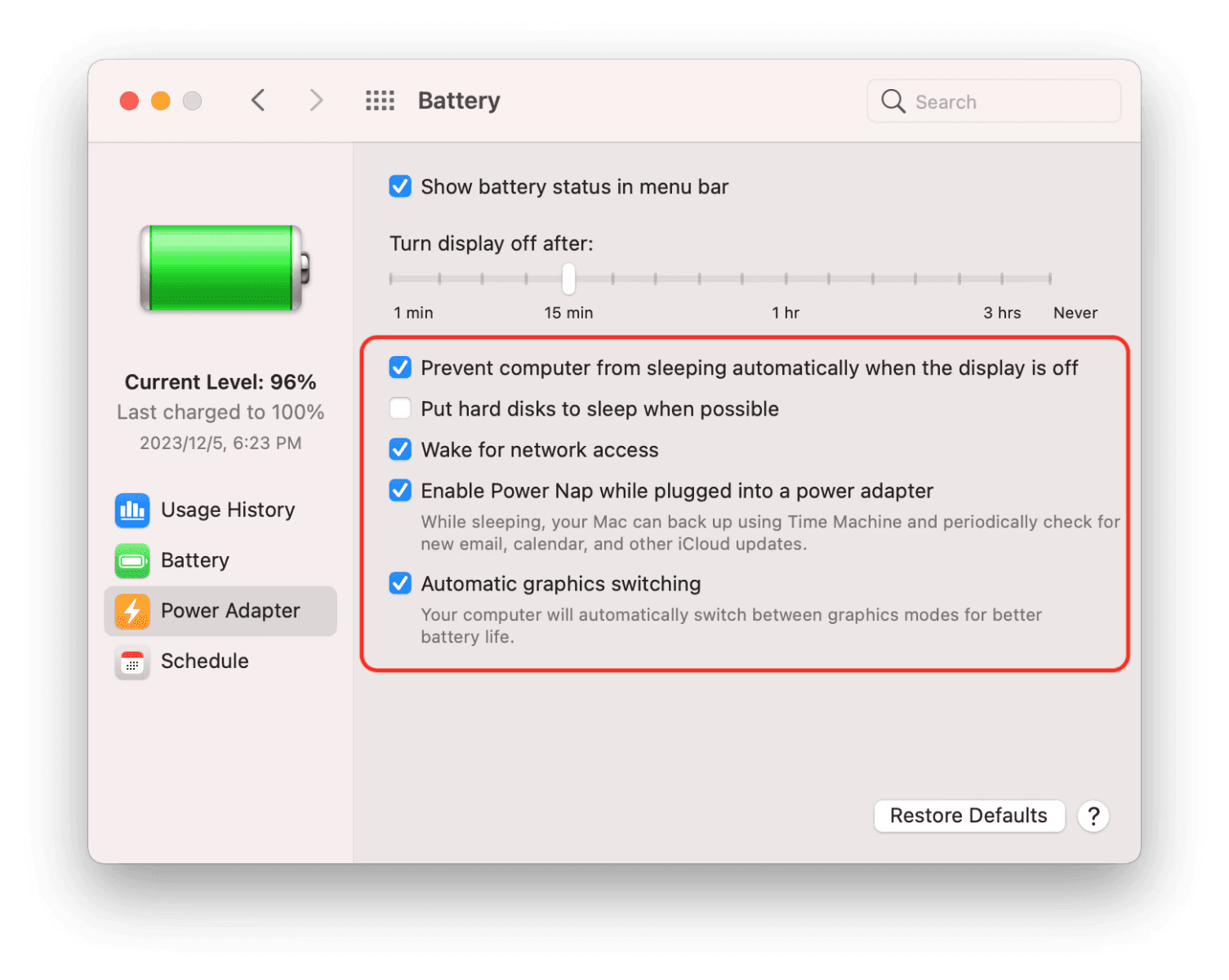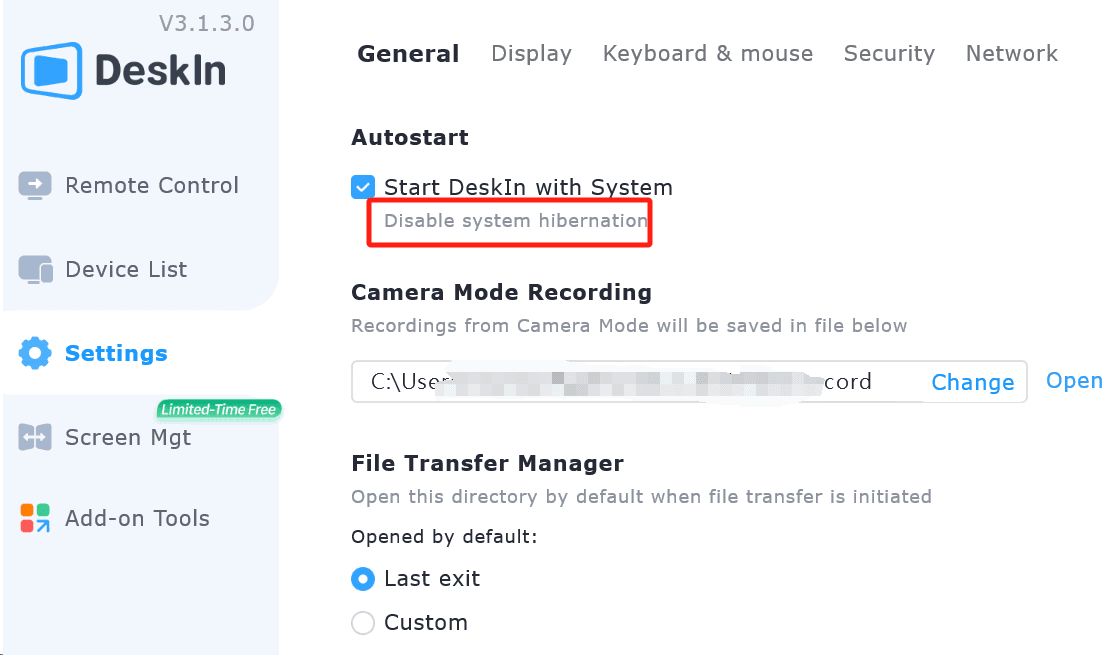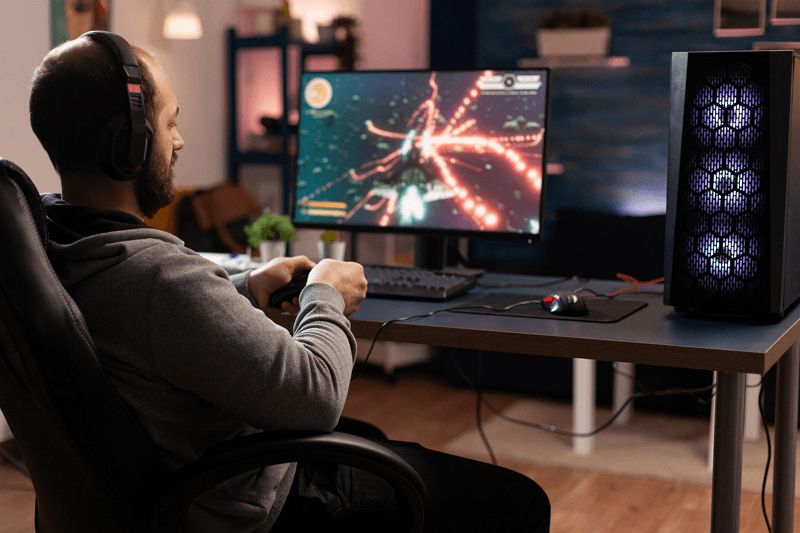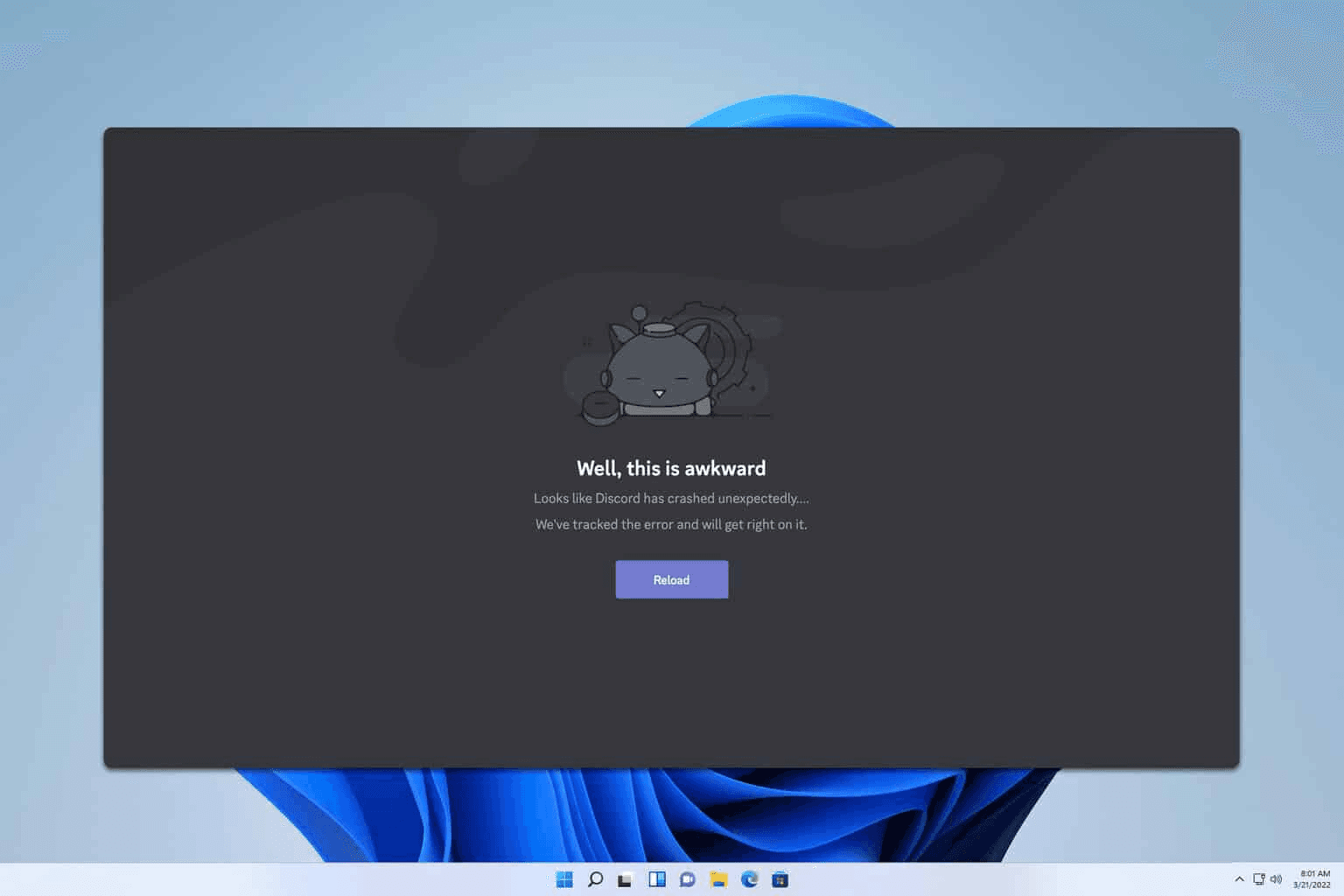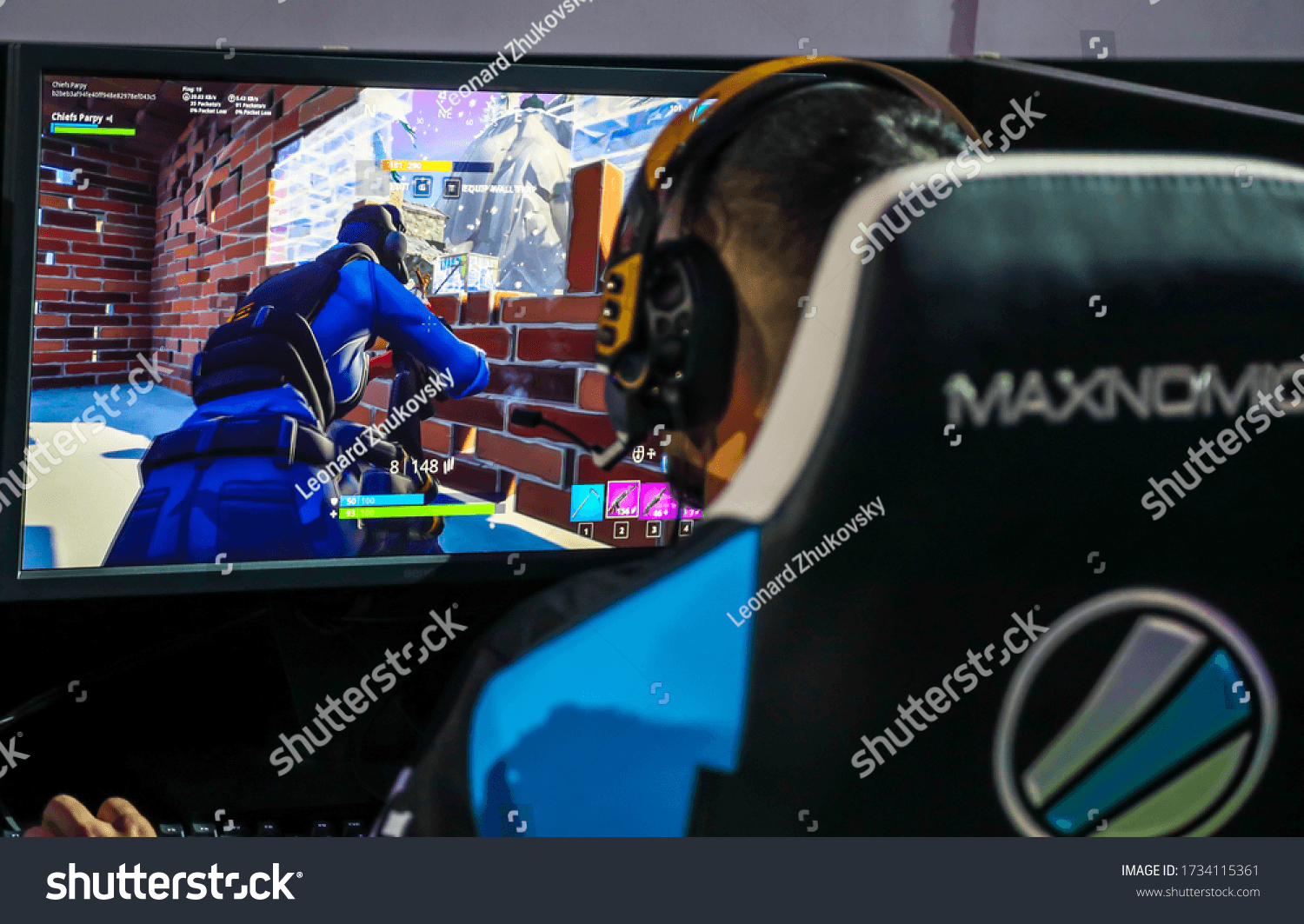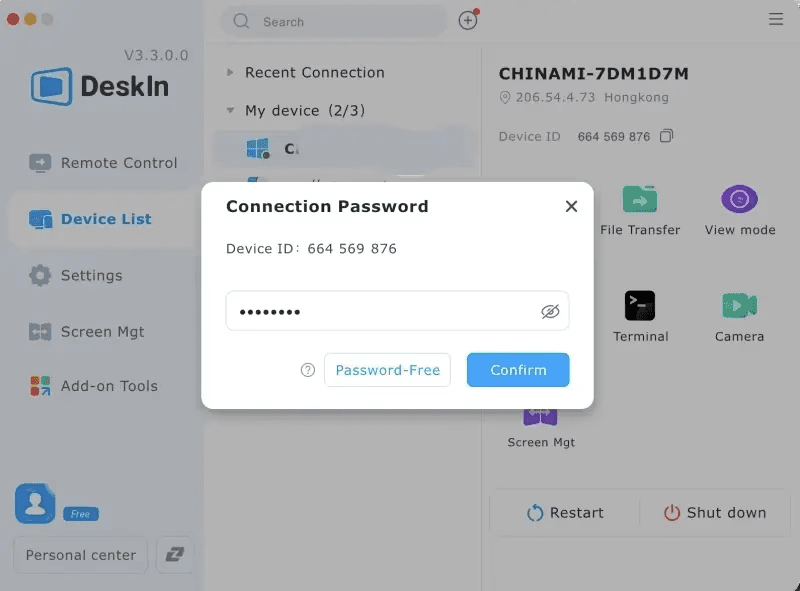隨著遠端工作成為現代企業的常態,確保遠端桌面安全已不再是選項,而是必要措施。員工越來越需要從家中或外出時存取辦公室電腦、伺服器或專業軟體。雖然簡單的「遠端桌面協定」(RDP)設定看似方便,但這種便利性也帶來新的安全隱憂,尤其是當敏感企業資料透過公共網路傳輸時。
那麼,遠端桌面預設是安全的嗎?答案取決於您的設定與保護措施。本指南將探討安全遠端桌面連線的重要性、需注意的風險,以及如何在 Windows 10/11 上建立安全的連線。
👀 延伸閱讀:
為什麼安全遠端桌面連線很重要?
隨著遠端與混合工作模式成為主流,安全遠端桌面存取對許多企業至關重要。然而,使用率增加的同時,安全風險也隨之攀升。
根據 Gartner 統計,近 70% 的企業計劃維持混合工作模式。這種轉變雖然提高靈活性,但也擴大了攻擊面。像 RDP 這樣的工具若設定不當,經常成為攻擊目標。卡巴斯基報告指出,2023 年針對 RDP 的暴力破解攻擊比疫情前增加了 60%。
❗這些數據凸顯一個明確問題:未經適當保護的遠端存取可能導致勒索軟體攻擊、資料外洩和系統入侵。真正的遠端桌面安全不僅需要防火牆和密碼,還需採取多層次、端到端的防護策略。
不安全遠端存取的常見風險
並非所有風險都來自複雜的網路攻擊,許多問題其實源於日常疏忽。以下是常見的安全漏洞,尤其容易影響非 IT 使用者:
使用未受保護的公共 Wi-Fi
在咖啡廳、機場或飯店網路進行遠端連線時,若未使用 VPN 或加密,可能遭受「中間人攻擊」(MITM),導致會話被攔截。
依賴預設設定
開放預設遠端桌面連接埠、跳過雙因素認證(2FA)或使用弱密碼,會大幅增加暴力破解攻擊的風險。
多人共用同一組帳號
多人使用相同憑證登入會導致活動難以追蹤,並嚴重降低存取控制的安全性。
忽略系統更新與修補程式
未更新的系統缺乏關鍵安全修復,容易成為攻擊者利用已知漏洞的目標。
未限制使用者權限
授予所有遠端使用者完整權限(即使非必要)可能導致意外或故意的誤用。
這些錯誤看似微小,卻可能造成嚴重後果。因此,遵循遠端工作安全最佳實踐至關重要。
如何在 Windows 10/11 上安全存取遠端桌面
雖然不安全遠端存取的風險顯而易見,但好消息是:大多數風險可透過正確設定避免。無論您是遠端工作者還是團隊管理者,以下步驟都能大幅降低攻擊面,確保每次連線的安全性。
步驟 1:在主機電腦上設定遠端桌面
前往「設定 → 系統 → 遠端桌面」
開啟「啟用遠端桌面」
勾選「僅允許使用網路層級驗證的電腦連線(建議)」
步驟 2:建立專用的本機使用者帳號
避免使用管理員帳號進行遠端登入,改為:
建立一個權限受限的標準使用者帳號
設定強密碼,並確保禁用空密碼
將該帳號加入「遠端桌面使用者」群組
步驟 3:設定安全的網路組態
僅在必要時開啟 TCP 3389 連接埠,可考慮改用自訂連接埠
透過防火牆或路由器設定 IP 白名單,僅允許受信任的 IP 位址
避免在未使用 VPN 或安全通道的情況下連線公共 Wi-Fi
步驟 4:使用安全工具連線
用戶端應使用:
官方「遠端桌面用戶端」或新版 Windows App
確認已啟用 TLS 加密(預設開啟)
在公共或雲端環境中,使用 VPN 或零信任工具 避免直接暴露
💡 注意:此步驟對 Windows 11 的安全遠端存取尤其重要,因雲端威脅更為普遍。
步驟 5:連線結束後鎖定系統
正確登出會話,而非直接關閉視窗
啟用「閒置後自動斷線」功能
定期檢查連線記錄,偵測可疑存取嘗試
為什麼內建遠端桌面可能不夠安全?
Windows 內建的 RDP 雖提供遠端存取功能,但存在以下限制:
設定複雜:網路層級驗證(NLA)等安全選項對非技術用戶門檻高。
缺乏協作功能:無法即時共享檔案或遠端協作編輯。
僅限 Windows 系統:無法跨平台連線(如 macOS/Linux)。
無進階安全層:缺少多因素認證(MFA)、會話錄製等功能。
若您需要更完善的安全與協作體驗,建議使用專業的安全遠端桌面軟體。
最佳安全遠端桌面工具:DeskIn
如果您希望提升安全性、協作效率與跨平台相容性,DeskIn 是更智慧的選擇。它無需暴露公共 IP,並提供加密連線與簡易設定,適合中小企業、自由工作者與遠端團隊。
💡 DeskIn 的優勢:
無需公共 IP:透過臨時代碼或預設密碼連線,降低網路暴露風險
256位元加密、端到端加密:確保資料傳輸隱私性
管理裝置存取權限:可以自訂是否允許裝置被接入
新裝置驗證:帳號首次登入新裝置需要信箱驗證,避免盜用
白名單/黑名單:僅允許受信任使用者存取
隱私螢幕模式:遠端操作時遮蔽敏感資訊
跨平台支援:Windows/macOS/iOS/Android 無縫連接
檔案傳輸與協作:提升遠端工作效率
使用 DeskIn 的步驟:
下載並安裝 DeskIn,註冊帳號並登入
初次在新裝置登入賬號,需完成心想驗證
在電腦裝置安全設定啟用遠端存取(設定安全密碼)
在用戶端輸入代碼或密碼即可連線
連線後,您可共享檔案、即時協作,或啟用隱私螢幕保護敏感資料。DeskIn 也支援多裝置連線,完美適應遠端團隊需求。
結論
在當今數位環境中,確保遠端桌面安全至關重要。透過強密碼、加密連線、防火牆與 VPN 限制存取等措施,能顯著降低資安風險。
然而,手動設定內建功能既複雜又耗時,且容易遺漏安全漏洞。與其自行配置,不如選擇像 DeskIn 這樣的解決方案,它提供直覺易用的平台,整合端到端加密、白名單管控與跨平台支援,是兼顧安全與效率的遠端工作首選!
隨著遠端工作成為現代企業的常態,確保遠端桌面安全已不再是選項,而是必要措施。員工越來越需要從家中或外出時存取辦公室電腦、伺服器或專業軟體。雖然簡單的「遠端桌面協定」(RDP)設定看似方便,但這種便利性也帶來新的安全隱憂,尤其是當敏感企業資料透過公共網路傳輸時。
那麼,遠端桌面預設是安全的嗎?答案取決於您的設定與保護措施。本指南將探討安全遠端桌面連線的重要性、需注意的風險,以及如何在 Windows 10/11 上建立安全的連線。
👀 延伸閱讀:
為什麼安全遠端桌面連線很重要?
隨著遠端與混合工作模式成為主流,安全遠端桌面存取對許多企業至關重要。然而,使用率增加的同時,安全風險也隨之攀升。
根據 Gartner 統計,近 70% 的企業計劃維持混合工作模式。這種轉變雖然提高靈活性,但也擴大了攻擊面。像 RDP 這樣的工具若設定不當,經常成為攻擊目標。卡巴斯基報告指出,2023 年針對 RDP 的暴力破解攻擊比疫情前增加了 60%。
❗這些數據凸顯一個明確問題:未經適當保護的遠端存取可能導致勒索軟體攻擊、資料外洩和系統入侵。真正的遠端桌面安全不僅需要防火牆和密碼,還需採取多層次、端到端的防護策略。
不安全遠端存取的常見風險
並非所有風險都來自複雜的網路攻擊,許多問題其實源於日常疏忽。以下是常見的安全漏洞,尤其容易影響非 IT 使用者:
使用未受保護的公共 Wi-Fi
在咖啡廳、機場或飯店網路進行遠端連線時,若未使用 VPN 或加密,可能遭受「中間人攻擊」(MITM),導致會話被攔截。
依賴預設設定
開放預設遠端桌面連接埠、跳過雙因素認證(2FA)或使用弱密碼,會大幅增加暴力破解攻擊的風險。
多人共用同一組帳號
多人使用相同憑證登入會導致活動難以追蹤,並嚴重降低存取控制的安全性。
忽略系統更新與修補程式
未更新的系統缺乏關鍵安全修復,容易成為攻擊者利用已知漏洞的目標。
未限制使用者權限
授予所有遠端使用者完整權限(即使非必要)可能導致意外或故意的誤用。
這些錯誤看似微小,卻可能造成嚴重後果。因此,遵循遠端工作安全最佳實踐至關重要。
如何在 Windows 10/11 上安全存取遠端桌面
雖然不安全遠端存取的風險顯而易見,但好消息是:大多數風險可透過正確設定避免。無論您是遠端工作者還是團隊管理者,以下步驟都能大幅降低攻擊面,確保每次連線的安全性。
步驟 1:在主機電腦上設定遠端桌面
前往「設定 → 系統 → 遠端桌面」
開啟「啟用遠端桌面」
勾選「僅允許使用網路層級驗證的電腦連線(建議)」
步驟 2:建立專用的本機使用者帳號
避免使用管理員帳號進行遠端登入,改為:
建立一個權限受限的標準使用者帳號
設定強密碼,並確保禁用空密碼
將該帳號加入「遠端桌面使用者」群組
步驟 3:設定安全的網路組態
僅在必要時開啟 TCP 3389 連接埠,可考慮改用自訂連接埠
透過防火牆或路由器設定 IP 白名單,僅允許受信任的 IP 位址
避免在未使用 VPN 或安全通道的情況下連線公共 Wi-Fi
步驟 4:使用安全工具連線
用戶端應使用:
官方「遠端桌面用戶端」或新版 Windows App
確認已啟用 TLS 加密(預設開啟)
在公共或雲端環境中,使用 VPN 或零信任工具 避免直接暴露
💡 注意:此步驟對 Windows 11 的安全遠端存取尤其重要,因雲端威脅更為普遍。
步驟 5:連線結束後鎖定系統
正確登出會話,而非直接關閉視窗
啟用「閒置後自動斷線」功能
定期檢查連線記錄,偵測可疑存取嘗試
為什麼內建遠端桌面可能不夠安全?
Windows 內建的 RDP 雖提供遠端存取功能,但存在以下限制:
設定複雜:網路層級驗證(NLA)等安全選項對非技術用戶門檻高。
缺乏協作功能:無法即時共享檔案或遠端協作編輯。
僅限 Windows 系統:無法跨平台連線(如 macOS/Linux)。
無進階安全層:缺少多因素認證(MFA)、會話錄製等功能。
若您需要更完善的安全與協作體驗,建議使用專業的安全遠端桌面軟體。
最佳安全遠端桌面工具:DeskIn
如果您希望提升安全性、協作效率與跨平台相容性,DeskIn 是更智慧的選擇。它無需暴露公共 IP,並提供加密連線與簡易設定,適合中小企業、自由工作者與遠端團隊。
💡 DeskIn 的優勢:
無需公共 IP:透過臨時代碼或預設密碼連線,降低網路暴露風險
256位元加密、端到端加密:確保資料傳輸隱私性
管理裝置存取權限:可以自訂是否允許裝置被接入
新裝置驗證:帳號首次登入新裝置需要信箱驗證,避免盜用
白名單/黑名單:僅允許受信任使用者存取
隱私螢幕模式:遠端操作時遮蔽敏感資訊
跨平台支援:Windows/macOS/iOS/Android 無縫連接
檔案傳輸與協作:提升遠端工作效率
使用 DeskIn 的步驟:
下載並安裝 DeskIn,註冊帳號並登入
初次在新裝置登入賬號,需完成心想驗證
在電腦裝置安全設定啟用遠端存取(設定安全密碼)
在用戶端輸入代碼或密碼即可連線
連線後,您可共享檔案、即時協作,或啟用隱私螢幕保護敏感資料。DeskIn 也支援多裝置連線,完美適應遠端團隊需求。
結論
在當今數位環境中,確保遠端桌面安全至關重要。透過強密碼、加密連線、防火牆與 VPN 限制存取等措施,能顯著降低資安風險。
然而,手動設定內建功能既複雜又耗時,且容易遺漏安全漏洞。與其自行配置,不如選擇像 DeskIn 這樣的解決方案,它提供直覺易用的平台,整合端到端加密、白名單管控與跨平台支援,是兼顧安全與效率的遠端工作首選!

Play x Work
All at Once
DeskIn Remote Game
only $14.32 USD 🎉 Limited on July 16-31
Add promo code: deskinsummer1





